The room, the empty space, the frame - bodies in space.
Staged at Documenta 5:100 Days of Inquiry in 1972, Joseph Beuys' Bureau for Direct Democracy consisted of a space with a sign identifying the name of the installation hung outside (see below). For 100 days, Beuys instigated debates with gallery visitors on political, artistic and social issues. Apparently on the last day he fought a Boxing Match for Direct Democracy with one of his students.
The notion of artists performing in space, or the artist constituting the work recalls Gilbert and George, when, in 1970, they painted their faces bronze, wore their sharpest suits, and stood on a platform in the Nigel Greenwood Gallery, singing to a recording of Flanagan and Allen’s Under the Arches for eight hours a day. Five years earlier, Beuys had applied gold leaf to his face, stuck on by honey he had bored over his head, for a performance he titled How to Explain Pictures to a Dead Hare (1965), witnessed only by a photographer and a film crew. In an interview, Beuys noted of the action:
“This seems to have been the action that most captured people’s imaginations. On one level this must be because everyone consciously or unconsciously recognizes the problem of explaining things, particularly where art and creative work are concerned, or anything that involves a certain mystery or question. The idea of explaining to an animal conveys a sense of the secrecy of the world and of existence that appeals to the imagination. Then, as I said, even a dead animal preserves more powers of intuition than some human beings with their stubborn rationality.
The problem lies in the word ‘understanding’ and its many levels, which cannot be restricted to rational analysis. Imagination, inspiration, and longing all lead people to sense that these other levels also play a part in understanding. This must be the root of reactions to this action, and is why my technique has been to try and seek out the energy points in the human power field, rather than demanding specific knowledge or reactions on then part of the public. I try to bring to light the complexity of creative areas.” - Joseph Beuys, courtesy of OrdinaryFinds.
“This seems to have been the action that most captured people’s imaginations. On one level this must be because everyone consciously or unconsciously recognizes the problem of explaining things, particularly where art and creative work are concerned, or anything that involves a certain mystery or question. The idea of explaining to an animal conveys a sense of the secrecy of the world and of existence that appeals to the imagination. Then, as I said, even a dead animal preserves more powers of intuition than some human beings with their stubborn rationality.
The problem lies in the word ‘understanding’ and its many levels, which cannot be restricted to rational analysis. Imagination, inspiration, and longing all lead people to sense that these other levels also play a part in understanding. This must be the root of reactions to this action, and is why my technique has been to try and seek out the energy points in the human power field, rather than demanding specific knowledge or reactions on then part of the public. I try to bring to light the complexity of creative areas.” - Joseph Beuys, courtesy of OrdinaryFinds.
What links the two performances is the artist activating space using their own body, thus changing the awareness of space itself and often, the perception of the bodies in space. Going back to Bureau for Direct Democracy, Beuys made a point of curating bodies by framing a space as a place for interaction, debate and discussion. Yves Klein touched on this in 1958, when, for an exhibition at Galerie Iris Clert, he presented The Void (Le Vide) - a bare, white gallery space with nothing else inside. The audacity of showing an empty space as art, perhaps was a challenge to literally Leap into the Void, a reference to Klein's infamous 1960 work, and challenge ones own preconceptions of what constitutes art.
Here the manipulation of bodies in space suggests that it is not the space the creates content, but those within it. As Beuys suggest, such spaces might even contribute to the creation of direct democracy. Perhaps this is what Malevich was thinking about when he started painting black and white squares. Maybe that's what protesters have been thinking about more recently, with the Arab Spring and the Occupy movements. Space is an important thing. It can be a very political thing. And as Occupy London has been officially evicted from St. Paul's, physical space is becoming such a rarity, one might wonder where such bodies might interact?
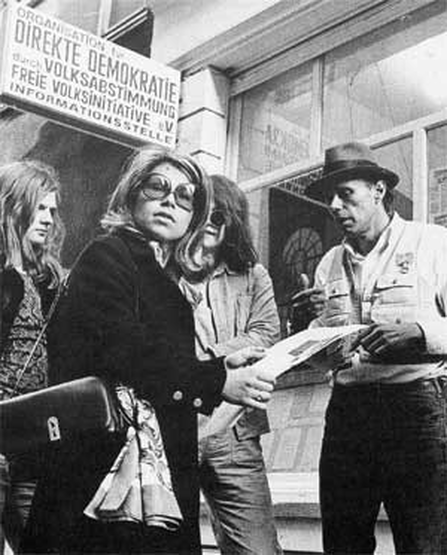

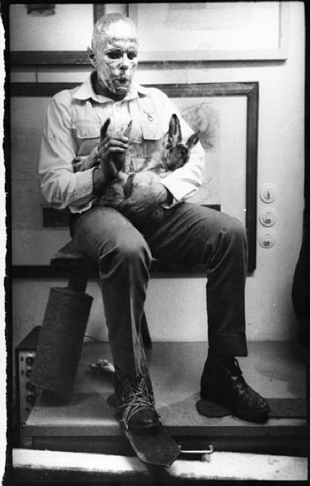
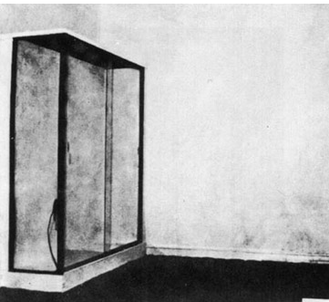
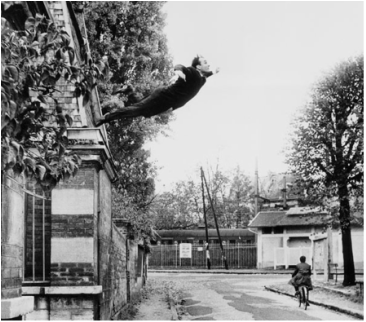
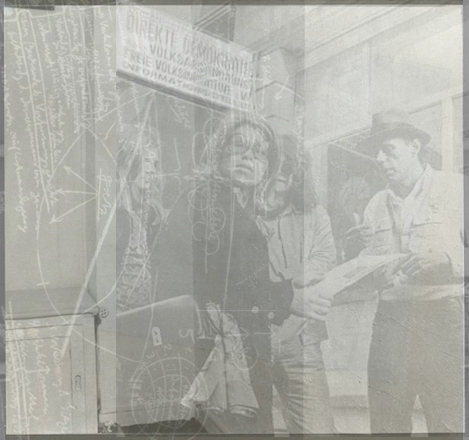
 RSS Feed
RSS Feed